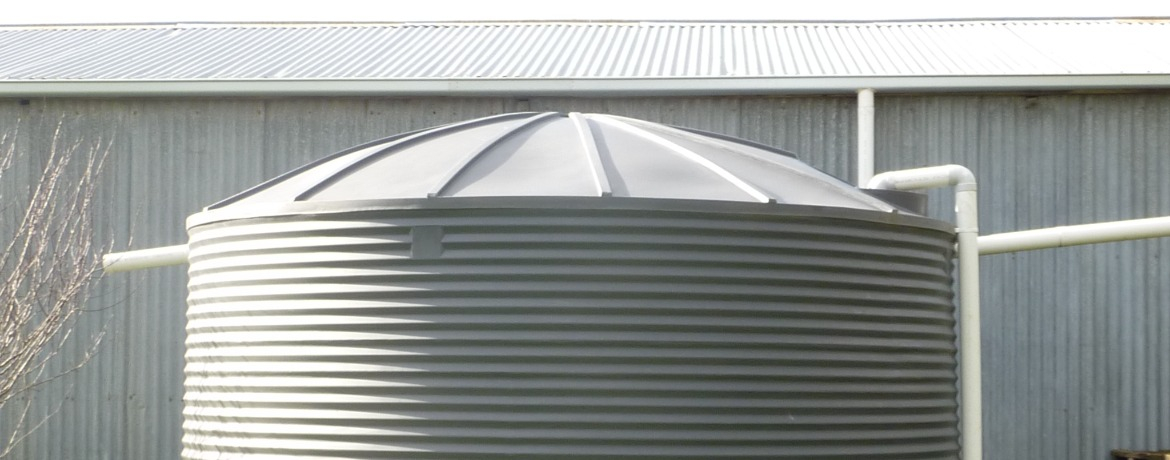Reading the Building Code: When It Really Matters
- May 15, 2023

Understanding the Building Code is crucial when it comes to constructing safe and compliant buildings. Recently, a question arose about whether water tanks associated with household units, located within 1m from a site boundary, need to have a fire resistance rating.
While it may seem straightforward that water cannot catch fire, understanding the relevant building code clauses – specifically C3.6 and C3.7 – is necessary to fully answer the question in relation to the building code. These codes place obligations on buildings, building elements, routes, scenarios, and situations, all of which are relevant in determining whether a fire rating is required for a water tank.
C3.6 requires buildings to be designed and constructed in a way that ensures that if a fire starts inside the building, the received radiation at the relevant boundary of the property does not exceed 30 kW/m2, and at 1m beyond the boundary it does not exceed 16 kW/m2. However, to be applicable, there must be a likelihood of a fire starting inside the building. This means that things within the building should have the capability of combusting, and activities or building elements that could instigate ignition. Thus, C3.6 is not applicable to water tanks.
On the other hand, C3.7 requires external walls of buildings located closer than 1m to the relevant boundary to be constructed from materials that are not combustible. However, external walls are defined as any face of a building that provides protection against the outdoor environment. While water tanks have walls, they do not provide protection against the outdoor environment. Instead, the skin of the tank is designed to contain water and minimize contaminants. Therefore, C3.7 is also not applicable to water tanks.
In conclusion, knowing how to read and interpret building codes is essential when constructing buildings that are safe, compliant, and meet all legal requirements.
Need help interpreting a part of the building code? Get in touch with Farsight today!
Disclaimer: This publication is general in nature and should not be used as a substitute for legal or other professional advice. Please seek specific professional advice before acting in relation to any statement contained in this publication.